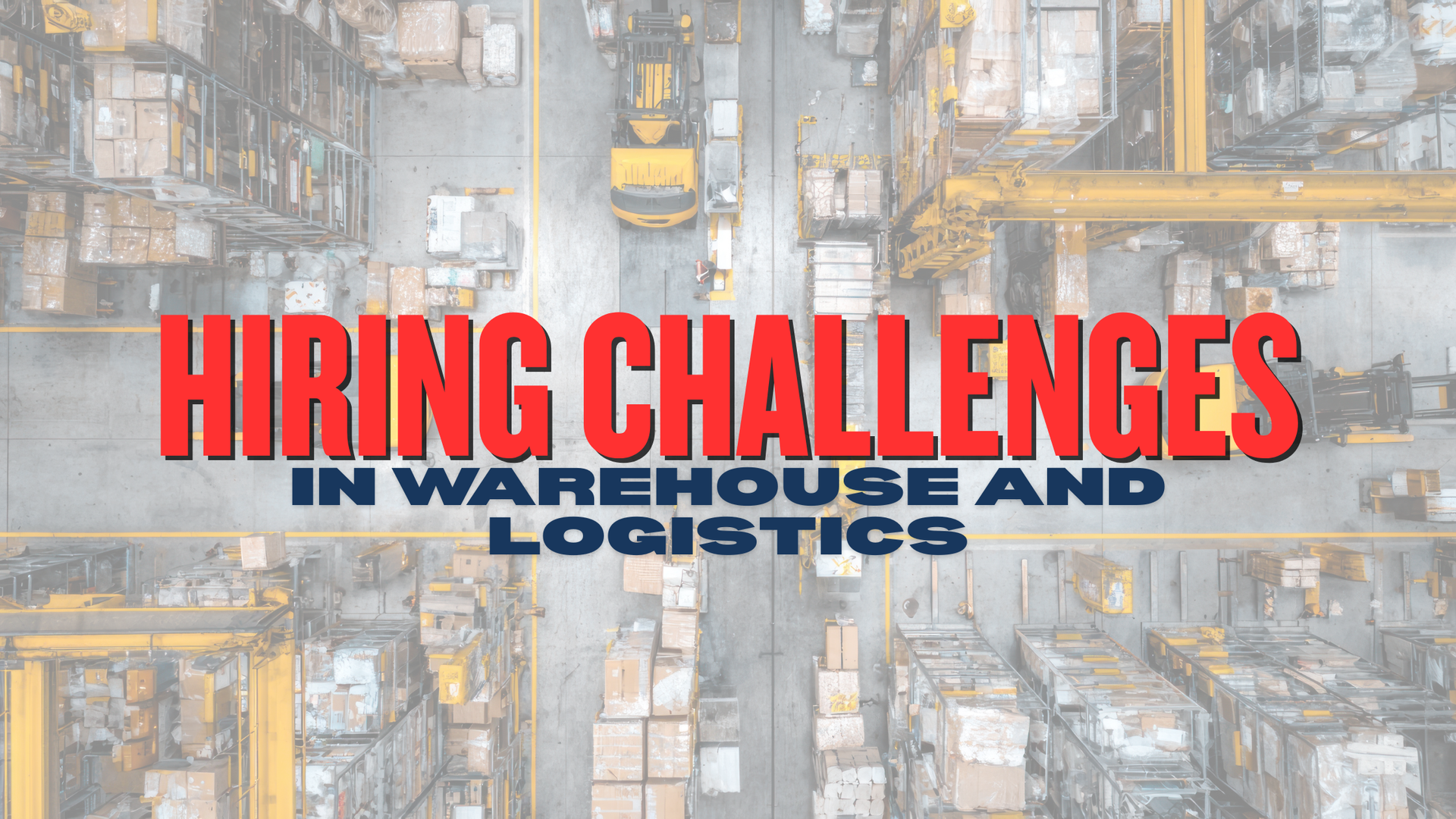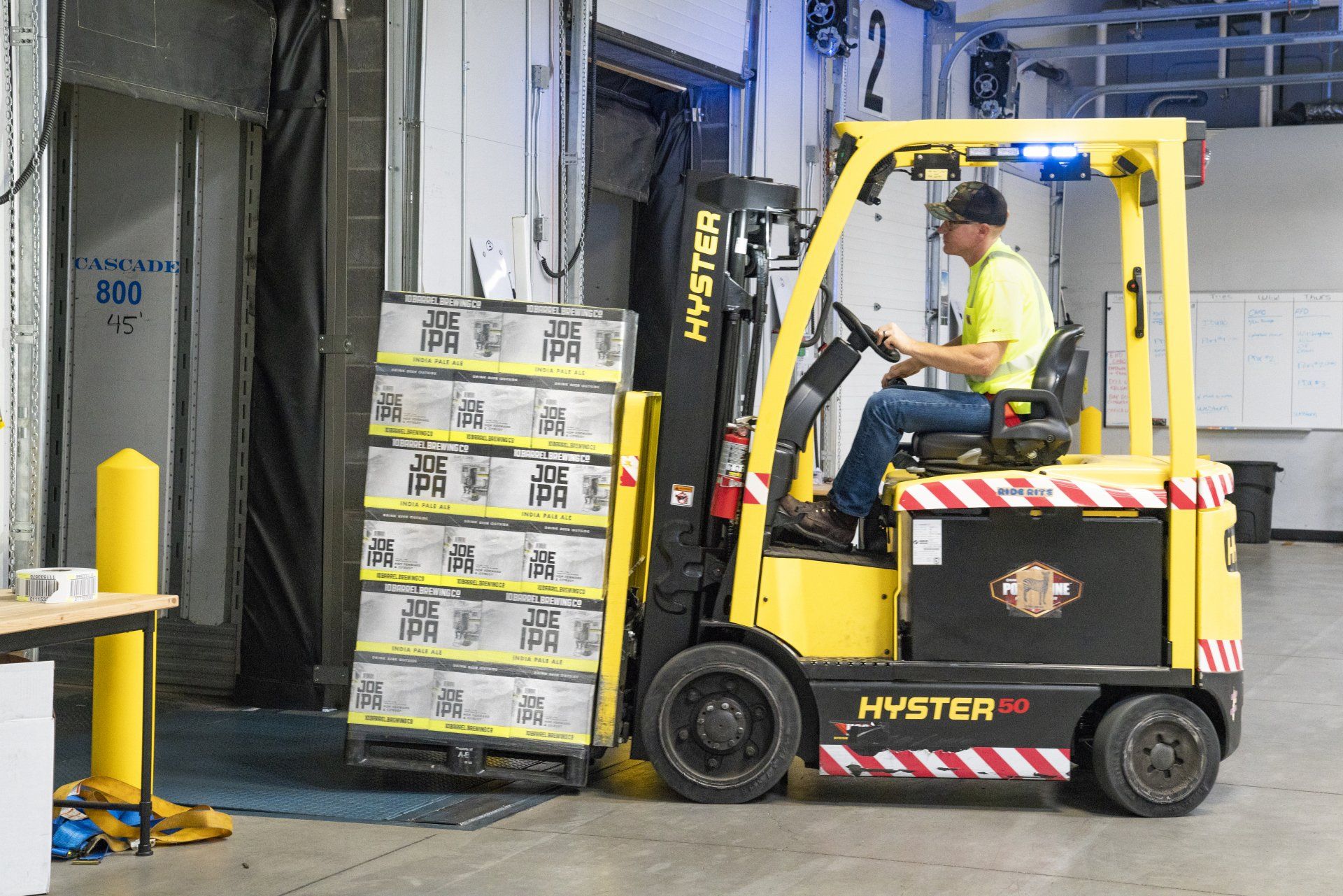5 Ways To Stay Productive During Covid-19
As the pandemic worsens worldwide, everyone, including us Australians are facing isolation and a loss of jobs. We have gone from being in a productive state of working, socialising and having a home life to being forced to stay home. Self-isolation is in place to save lives and our medical system but it can lead to pure boredom and loneliness.
So, how do we keep ourselves productive and ready to get back into the workforce in this time of crisis?
There are many ways that we can keep ourselves entertained such as binge-watching movies or series, but how do we keep productive? With no job or school (unless your university/schooling is online) what can we do?
Well, I have some solutions for you.
Here are five ways you can be productive during the COVID-19 pandemic
Online Courses/Classes

Online classes and courses are the perfect way to pass time in self-isolation. You are keeping your mind busy, gaining a skill that may help with future employment and doing it all from your couch! I cannot think of a better way to learn.
There are heaps of businesses that provide online learning, you just have to decide what you want to learn and the longevity. If you are looking to gain a degree, you are most likely looking at a longer time of learning. If you want to obtain a licence or a small (but useful) skill, you can take a class which can last a day or so.
Online classes do not have to be related to your current work, they can help you learn many things. This could be:
- A new language
- Cooking skills
- A skill for a career change
- Home maintenance
- Photoshop
- Technology
- Knitting
- Art
- Etc.
There are endless possibilities of what you can learn online. If you are bored and have an urge to be productive, this is handy to keep in mind. If you are looking for industry-specific courses, try Googleing them or look at Australian Online Courses or My Skills for degrees. They have courses in Transport and Logistics, Business and Management, Retail and much more. For short classes, there are resources such as General Assembly and National Training. Yes, you may have to pay for these classes but if the skill is worth learning, it is worth the money.
Self Learning New Skills

If money is a problem there are many other ways to learn new skills. Thanks to YouTube, Facebook, Instagram, Twitter, TikTok (basically any content sharing media) we have accessibility to free learning. It may not be as structured as the paid courses and you will not get a degree by the end of it, but it is free and stress-free. There are no assignment deadlines or essays to be written (unless you're learning how to write essays) just you learning at your own pace.
As a personal insight into my life in self-isolation, I learnt how to make Japanese doughnuts from the content I found online. Not only did I learn this skill but due to the lack of yeast in all supermarkets, I had to learn how to make Japanese doughnuts without using yeast. Not only was this a great learning curve but I now have more than one skill/piece of knowledge that will stay with me forever.
Learning new skills can be found anywhere on the internet! So, take this time to learn and grow.
Create a new resume and/or a portfolio
When you have all the time in the world, one task that might not cross your mind is renewing your resume or portfolio. If you are unemployed right now, it may be a while before another job in your industry becomes available. This means you have a good amount of time to look at your resume or portfolio and make it great. This could include adding or rearranging the information, making it more readable or making it creative! For some advice on how to put together a simple, easy to read resume, you can look at our guide to resume writing. If you are looking for some examples of creative resumes (and you are really bored and want to create one) here are some examples:


For careers needing a portfolio, again, now is the perfect time to work on it. Create a new website, scrapbook, video, flipbook, whatever you want it to look like! This is the time to create it, it will help you feel productive and get this task off your to-do list.
Socialise

Although we cannot physically leave our houses and see our friends or family, we can talk to them over social media. For mental health reasons, it is suggested to socialise with people so we don't go crazy! Facetime, House Party, Skype, Zoom, Facebook Messenger, any of these video calling resources can keep you in touch with the people you love. Whether it be once a day or once a week, have a video conference with your friends or family.
Other socialising online resources include:

The internet is our saviour in this crisis! You might as well try all the socialising resources available to save your boredom and help occupy your mind.
Rejuvenation
Let's look at the silver lining in this crisis. We have been given a rare opportunity to do nothing. NOTHING! All we can do is sit at home and do any of the tasks I have mentioned above.
So, why not use this time to rejuvenate?
Sit at home and work on yourself. Even if you have kids to take care of, spend time with them, loving them.
Look at your life and where it is at this moment and list all the good in it, everyone and everything you are grateful of. Set new goals and come out of this pandemic as a stronger and more determined person.
Other things include:
- Taking naps
- Exercising
- Having a bath
- Baking
- Dancing
- Stretching
- Drawing
- Colouring
- Experimenting
- DIY
- Relaxing
- Whatever your mind can think of!
You will never get the same amount of time you have now to focus on yourself until you retire. So, use it.
That is my list of productive things you can do during the COVID-19 pandemic.
Stay safe, physically and mentally.
Love yourself, enjoy your time off, try not to stress and think of the good things in life.
We are going through a tough time right now but focus on positivity, that's all many of us can do.










